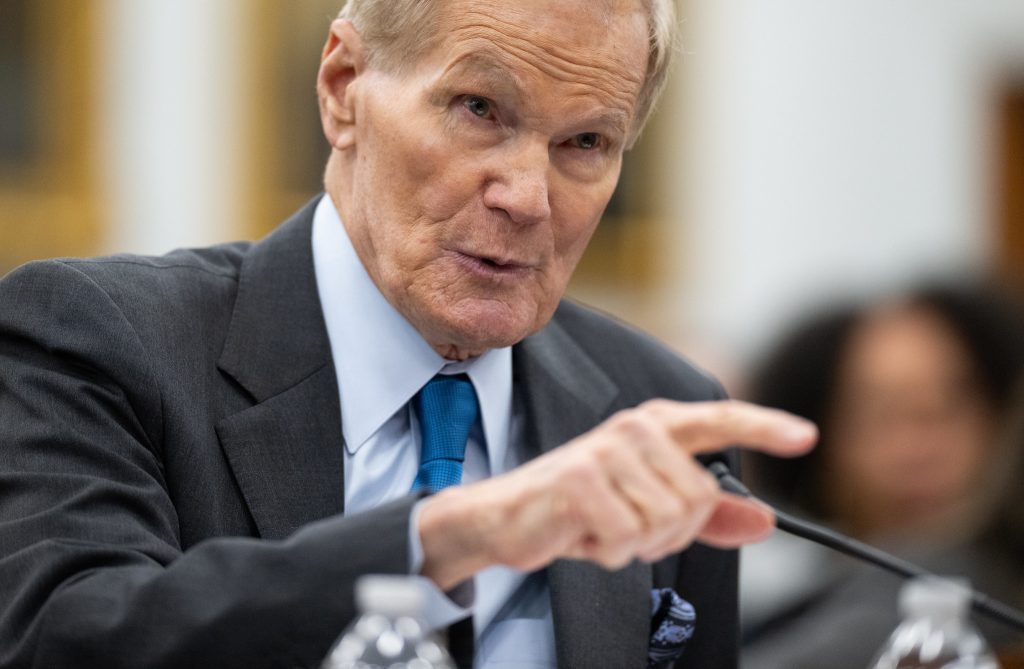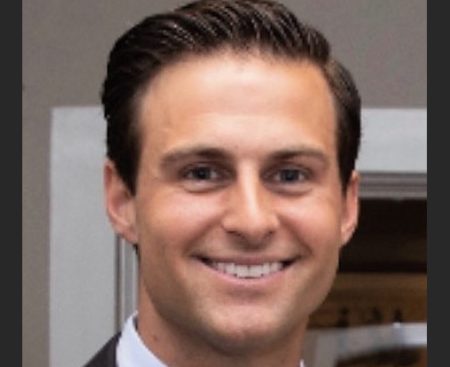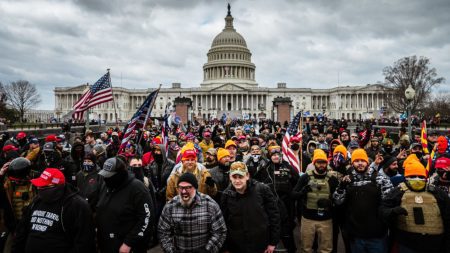NASA Administrator Bill Nelson defended the agency’s plans to reduce or eliminate certain programs at a House hearing and placed much of the responsibility on Congress.
At a mostly friendly 90-minute session of the House Appropriations Committee’s commerce, justice and science committee on April 17 about NASA’s budget proposal for fiscal year 2025, Nelson was questioned by some members about the intention to lower expenses for Mars Sample Return and to scrap a mission for servicing satellites.
Rep. David Trone (D-Md.) criticized NASA for its choice in March to cancel the On-Orbit Servicing, Assembly and Manufacturing (OSAM) 1 mission, with only $11 million budgeted for the mission in fiscal year 2025 to finish the satellite servicing project. OSAM-1 is led by NASA’s Goddard Space Flight Center in Maryland.
“Terminating that program would have a disastrous impact on scientific innovation in Maryland and would lead to the loss of 1,200 jobs,” he said. NASA, in its announcement of the OSAM-1 cancellation, said 450 civil servants and contractors were working on the mission.
Nelson acknowledged that OSAM-1 was significantly delayed and far beyond its original budget. Furthermore, he stated that satellite servicing technologies and requirements had changed from the mission's original concept of refueling a spacecraft in low Earth orbit.
“For ’25, we basically want to move on from OSAM,” he said, adding that NASA could continue working on the mission for the remainder of the current fiscal year before concluding it. “In the words of the South, this dog doesn’t hunt.”
Nelson argued that the decision to cancel OSAM-1 was connected to broader financial pressures on the agency resulting from budget limits established by Congress last year for 2024 and 2025. “Understand the situation that you have put us in,” he told Trone. “With less money, we have to make some very tough choices. Your program is one of them. California’s program is another one.”
“California’s program” refers to Mars Sample Return, led by the Jet Propulsion Laboratory in the state. Rep. Mike Garcia (R-Calif.) reiterated his concerns about spending cuts to MSR, including NASA’s decision to allocate $310 million for the program in 2024, which he noted was near the lower end of the range allowed by Congress in its 2024 omnibus spending bill, with only $200 million proposed for 2025.
He expressed worry about the potential for additional layoffs at JPL that could reduce the lab below a “critical mass” necessary to carry out missions. “I worry that, when we make certain decisions, that we’re cutting to the bone and, in this case, potentially amputating JPL.”
Nelson stated that he was “quite optimistic” about the future of both MSR and JPL, mentioning NASA’s plans to explore alternative structures for the sample return mission as well as the anticipation that budget constraints will be lifted after 2025. “I’m very hopeful, as I speak with our scientists, that it can be achieved.”
Near the end of the hearing, Rep. Joe Morelle (D-N.Y.) inquired about another aspect of the budget proposal that has sparked controversy, a 40% decrease in the budget for the Chandra X-Ray Observatory. Astronomers have stated that the reduction would end the mission earlier than expected.
Morelle pointed out that the telescope still has about ten years of useful life remaining. “I think we should continue it,” he stated.
“I mentioned that we needed to make difficult decisions,” Nelson replied, highlighting that Chandra has been in space for almost 25 years. “And it’s time for new missions.” NASA has not approved the development of any new large X-ray telescopes to replace Chandra.
He reminded appropriators that these difficult decisions were a result of the budget caps put in place last year as part of the agreement to raise the debt ceiling and avoid a government default. “That’s the compromise that had to be made,” he said. “If I had been a member, I would have voted for that, too, to protect the full faith and credit of the U.S. government.”









